From Flawed to Favored:
The Appeal of Error Coins in Collecting
Error coins have long been an interesting part of coin collecting. Also known as mint errors, these coins are unintentionally created during the minting process. Many errors, like the double-struck error and the off-center error, happen during the striking process. Other errors like the doubled die error occur during the die-making process. Understanding the minting process is paramount when studying error coins because you must know how the coin was created before you can fully understand the error. Read more about the minting process here!
Many error coins are extremely valuable to collectors, however, there are some errors that carry no value at all. It all depends on the type of error that occurred and when it took place. This blog post will help you to understand error coins as a whole so that you can start searching for valuable coins in your spare change! Don’t forget to register for a free membership to gain access to the latest posts about valuable coins!
What Are Error Coins?
Error coins, as the name suggests, are coins that have errors or abnormalities in their production. These errors can occur during the minting process and can result in various types of unique and interesting coin varieties. Error coins are highly sought after by collectors due to their rarity, uniqueness, and the intriguing stories behind their creation.
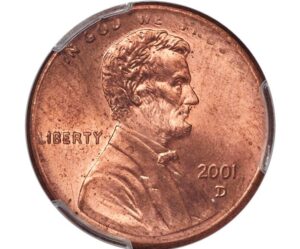
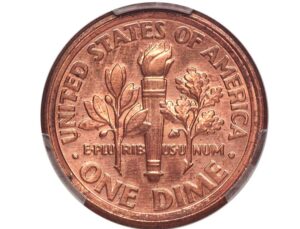
The Mule Error Coin
One type of error coin is the mule coin, which is created when two different coin dies are mismatched. This can result in a coin with a combination of obverse and reverse designs that were never intended to be together. Mule coins are highly prized by collectors due to their rarity and the novelty of having two different designs on the same coin.
A 2000-P Sacagawea dollar and statehood quarter mule sold in the past for $192,000! This is one of the rarest and therefore most valuable types of error coins, so always pay attention to both sides of your coins! Remember, a mule can occur in any denomination! So always look at your pocket change!
Read more about the Mule error that sold for $192,000 here.
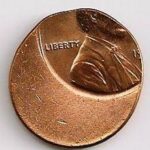
The Off-Center Error Coin
Another type of error coin is the off-center coin, which occurs when the coin is struck off-center, resulting in a misalignment of the design. This can range from a minor misalignment to a coin that is significantly off-center, with part of the design missing. Off-center coins are popular among collectors because of their visually striking appearance and the fact that each coin is unique in its degree of off-centering. These errors are one of the more common errors that can occur.
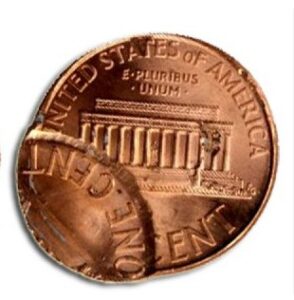
The Double Struck Error Coin
Double-struck coins are another fascinating type of error coin. This is also referred to as a multiple-strike error. This occurs when a coin is struck more than once during the minting press. The second strike can result in the design being doubled, creating a coin with a distorted or overlapping design. Double-struck coins are highly sought after due to their distinct appearance and the intricate nature of the doubling.
Be sure not to confuse this with the doubled die error. The doubled die error is a completely different error than the double or multiple strike. Both of these errors are valuable, so remember to look for them in your change!
Check out this for a more in-depth look at the multiple-strike error!
The Clipped Planchet Error Coin
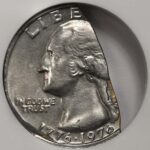
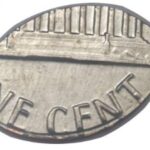
Clipping errors are also common in error coins. This occurs when a piece of the coin’s edge is clipped or cut off during the minting process. These clipped coins can range from minor clips to large sections of the coin missing. Clipping errors are intriguing to collectors as they offer a glimpse into the minting process and the potential mishaps that can occur.
The Doubled Die Error Coin
The doubled die error is one of my favorite error coins to collect. A doubled die error coin is created during the die-making process. After the coin is designed, the image is engraved onto a piece of metal called a hub. The hub is then used to transfer the image onto the die. This process happens twice.
A Master hub makes a master die, then the master die makes a working hub. The working hub is then used to make several working dies. The dies are struck multiple times by the hub and every now and then a misalignment occurs between strikes. This would cause a doubled image on the die.
These faulty dies are scrapped when they are caught, but if no one catches the error, they are used to produce coins. Thus, a doubled die error coin is born! This die containing a doubled image is then used to strike multiple coins. This is why all doubled die error coins will look EXACTLY alike. If the doubled image is any different at all, it is not the same doubled die coin. It will most likely be strike doubling (mechanical doubling), or die deterioration doubling. These types of doubling are worthless and also very common.
When searching for doubled dies, a book such as The Cherrypickers’ Guide will come in handy. It has a photo for almost every single doubled-die error known. The book tells what to look for, how rare the coins are, and the average price you can expect to receive for each error.
Overall, error coins hold a special place in the world of coin collecting. Their rarity, uniqueness, and the fascinating stories behind their creation make them highly desirable to collectors. Whether it’s the novelty of a mule coin, the visually striking appearance of an off-center coin, the intricacy of a double-struck coin, or the glimpse into the minting process provided by a clipping error, error coins offer a treasure trove of excitement and intrigue for collectors.
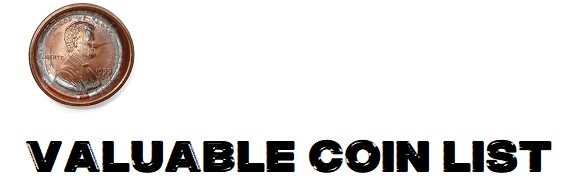
Register for a free membership and be the first to find out about new error coins and varieties! Members can access the entire site free of charge! Upload pictures of your own error coins and find out what they are worth! Before you can get rich from error coins, you have to know what to look for… So become a member of Valuable Coin List and turn your pocket change into stacks of cash!

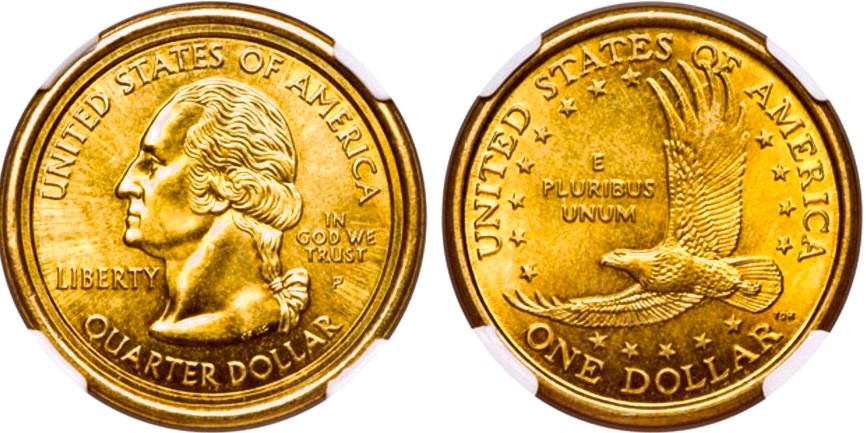
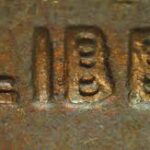

Leave a Reply
You must be logged in to post a comment.